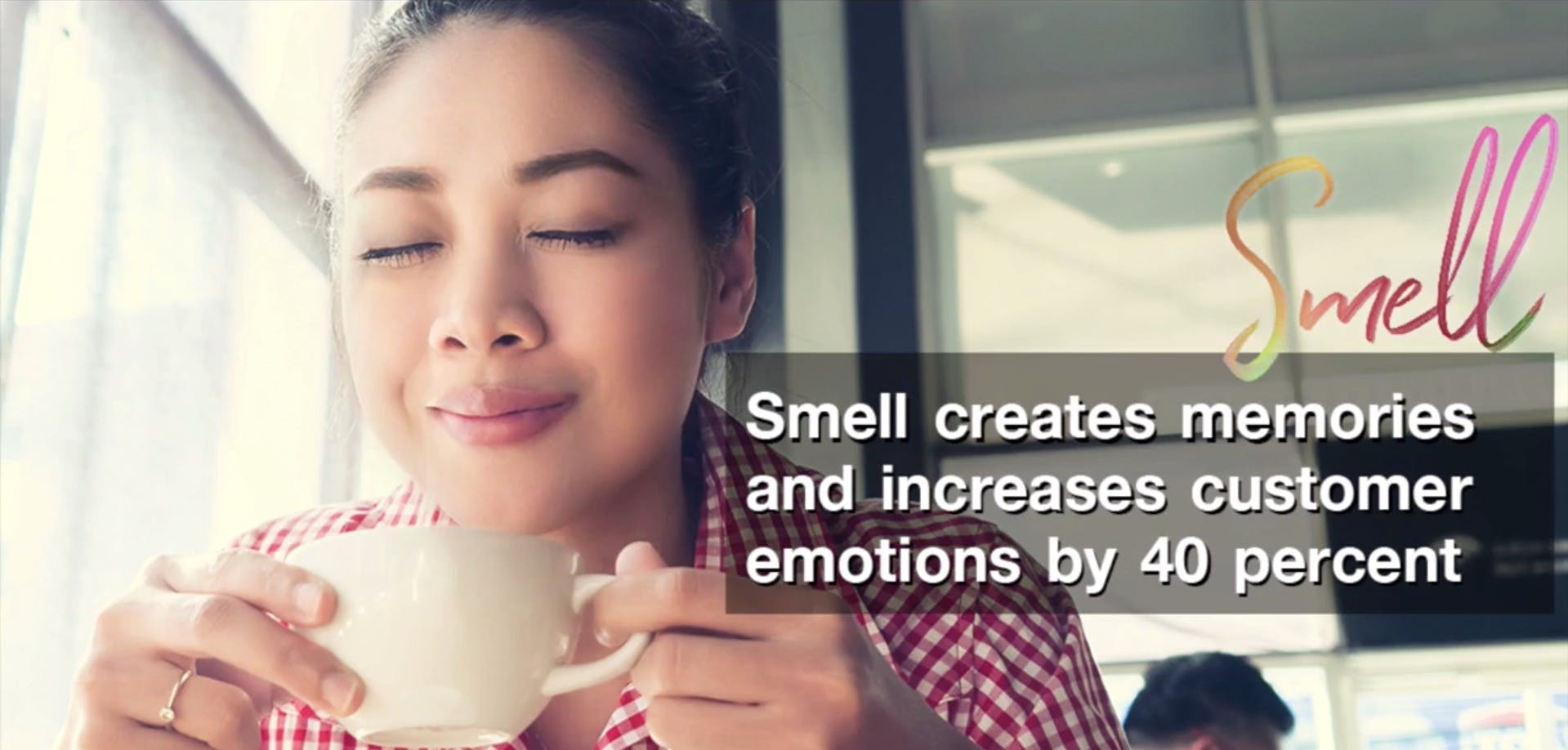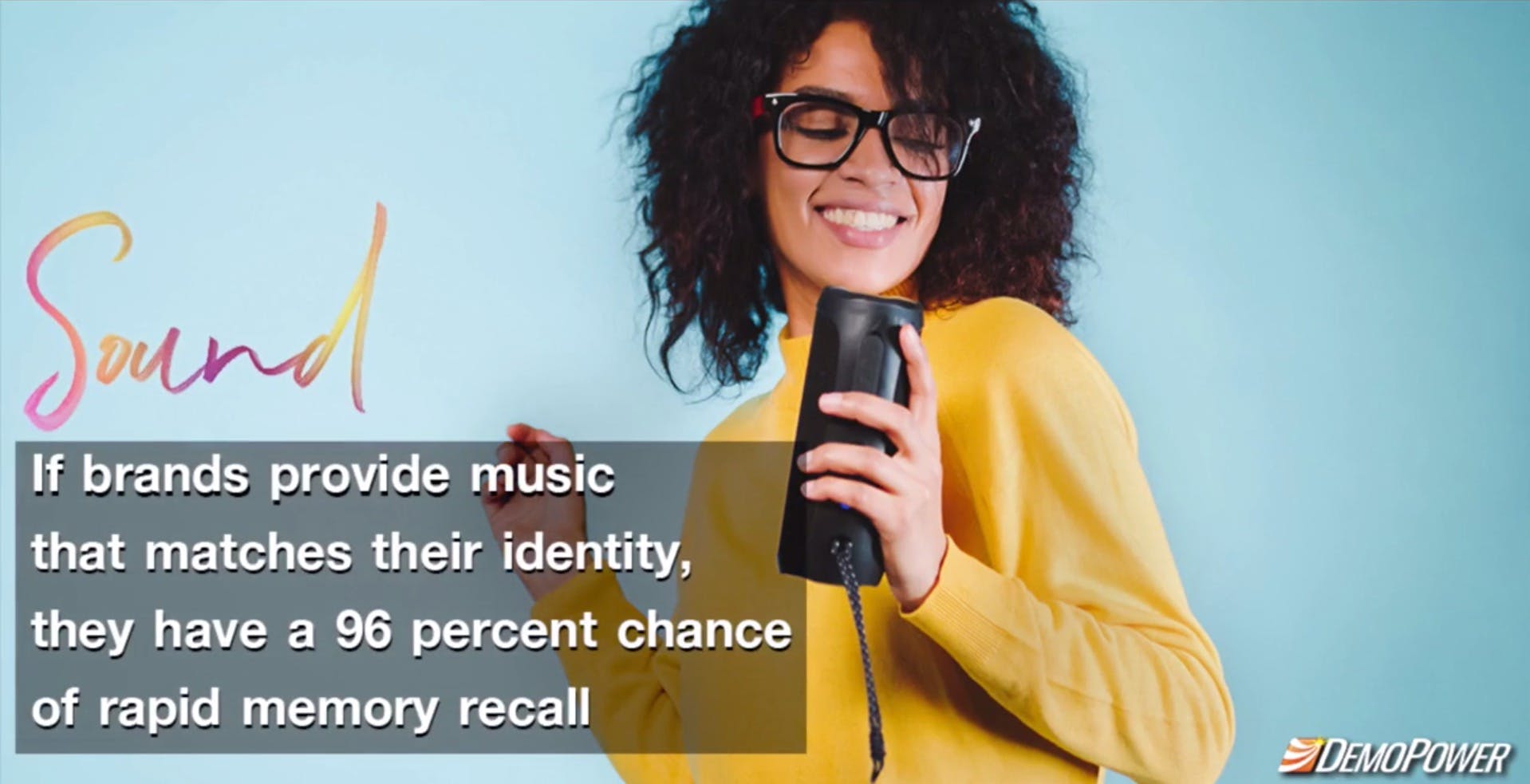Transform the way you build your brands through The Power of Five Senses
- Rattanakorn Sutthiphongkait
- June 11, 2019

Traditional marketing methods are no longer effective, however, marketing methods that appeals to a customer’s experience and emotion are proving to be extremely efficient since they drive customer awareness and appeal, encourage customers to try & then buy and promote customer advocacy. Winning marketers apply Sensory Marketing to connect customers with a long-lasting experience an emotion.
Taste

Taste is the most specific sense we possess. Our preferences and perception are subject to a variety of sensations such as bitter, salty, sweet, or sour. Before an actual purchase, shoppers try merchandise to experience and identify whether or not it delivers on what their perceptions of the product might be based on other available information. As said by Paco Underhill, people buy things today more than ever based on trial, therefore, to induce their buying behavior and increase sales volume, brands should incorporate techniques on in store product sampling direct to shoppers.
Smell

Smell is one of the most primitive and emotional senses, it links our emotions and connect us to an object or place. Research by Harvard Business School found that respondents given unscented pencils experienced a 73 percent decline in the information they could recall two weeks later while subjects given tea-tree-scented pencils experienced a decline of only 8 percent. But hang on, we’re also talking about clothing retailer brands like Hollister and Abercrombie & Fitch who use distinctive scents to encourage shoppers to stop by their stores.
Touch

With many products customers often prefer or desire to physically touch the product to feel the texture and assess the quality. Have you ever wondered why most stores encourage us to try on their clothes or handle and even sample their products? It is to feel connected and be a part of that product and brand.
Sound

The sound of music plays a big role in shopper’s perception. Its power supports emotional states, promotes customer’s behavior and urges the sales atmosphere which links to the product. People connect with sounds and unconsciously associate them with a certain feeling. According to Milliman’s study, 32 percent of sales increased when fast music was playing while slow music led shoppers to spend more time in the store. Have you ever noticed why some successful brands associate a unique voice, a pleasant tone or jingle to their brand names? It is to stimulate a memory recall related to those brands.
Sight
Surprisingly, sight is the most effective tool of five senses to attract attention, draw the eye and engage the mind. Successful brands are good at visualizing products to be a unique shape or eye-catching colors.

Results* show that among millions of shoppers across different product types, 20 percent of them bought the products immediately following demonstrated. (*as collected by Demo Power Thailand). Lindstrom adds, distinctive brands require something more. They have to be powered up to deliver a full sensory an emotional experience. It is not enough to present a product or service visually in an ad. A more memorable consumer experience significantly increases the chance of purchase. However, no matter what sensory branding is used, keep in mind the uniqueness of your own brand.
References:
- Anne Cruz (2017). How to Engage Your Customers with Sensory Branding (Online Marketing Institute).
- Anne Cassidy (2014). Sensory marketing: the brands appealing to all five senses.
- Hultén B., Broweus N., van Dijk M., What is Sensory Marketing? (Palgrave Macmillan, London, 2009).
- M. Lindstrom, Brand Sense: Build Powerful Brands through Touch, Taste, Smell, Sight and Sound (New York: Free Press, 2005).
- Paco Underhill, Why we buy (Simon and Schuster Paperbacks, 2009).
- Samantha Cortez. (2012). Why Great Brands Appeal To All 5 Senses. (Open Forum).




.jpg?auto=compress%2Cformat&fit=crop&h=140&q=50&w=400)








.jpg?auto=compress%2Cformat&fit=crop&h=100&q=10&w=100)


